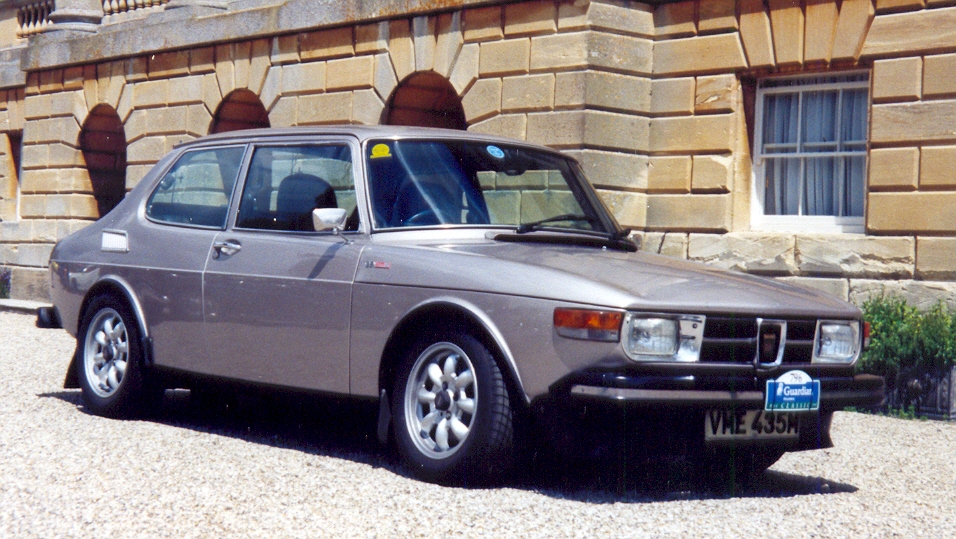In the latest generations of Saab cars, models 9-3 and 9-5, the seats are covered mainly with leather and a combination of leather and vinyl. Of course, due to cost reduction, the materials are also cheaper, so natural premium leather is only integrated in a small number of Saab cars of the last generation, only as a special option that was paid for.
Regardless of whether you have seats in your Saab with premium leather or a combination of leather and vinyl, it is important that you maintain them regularly. And the tips for reflection and care products for leather and vinyl surfaces are very similar.
Leather seats add a touch of luxury and class to any car’s interior. However, like any material, leather requires proper cleaning and maintenance to ensure it stays looking its best. In this article, we’ll explore the best ways to clean and care for your leather car seats to prevent cracking, fading, and general wear and tear.

Table of Contents [hide]
Why Regular Maintenance is Crucial
Neglect is often the leading cause of cracked leather car seats. Leather can dry out, making it more susceptible to cracking, so it’s important to use products that maintain the leather’s elasticity. Regular maintenance is key to prevent long periods of neglect and avoid extensive cleaning to remove stubborn dirt or stains. Plus, by keeping up with leather seat maintenance, you’ll extend the life of your seats.
Cleaning and Conditioning Leather
To get started, let’s talk about the best way to clean and condition leather car seats. The cleaning process involves removing any dirt or debris from the seats, while conditioning involves restoring the leather’s natural oils and moisture.
There are various leather cleaning and conditioning products on the market. Some are all-in-one solutions, while others are separate cleaning and conditioning products. If you’re dealing with stubborn dirt or stains, a separate cleaning product is usually recommended.
When choosing a leather cleaner, it’s essential to look for one that is pH-balanced and gentle enough not to strip the leather of its natural oils. You’ll also want to consider whether the cleaner is water-based or solvent-based. Water-based cleaners are generally safer for leather and the environment, but solvent-based cleaners are often more effective at removing tough stains.
Apply the cleaner with a soft, damp cloth, and be sure to work in small sections. Avoid scrubbing or rubbing the leather too hard, as this can damage the material. After you’ve cleaned the seats, it’s time to condition the leather.
A leather conditioner restores the leather’s natural oils and moisture, preventing it from drying out and cracking. Apply the conditioner using a clean, dry cloth, and work it into the leather. Leave it to absorb for a few minutes, and then buff the leather with another clean, dry cloth.
Spot Cleaning Leather
If you notice a spot or stain on your leather seats, it’s essential to act quickly to remove it. The longer a stain sits, the harder it is to remove. However, it’s important not to use any harsh chemicals or abrasive tools that could damage the leather.
For water-based stains, a mixture of water and mild soap is usually sufficient. Apply the mixture to the stain using a soft cloth, and then gently rub it until the stain is removed. For oil-based stains, you’ll need a specialized cleaner, as water will not be effective. Apply the cleaner according to the instructions on the bottle, and then wipe it away with a clean cloth.
Prevention is Key
Prevention is always better than cure, and this is especially true when it comes to leather car seats. By taking a few simple steps, you can prevent damage to your leather seats and keep them looking like new for longer.
Firstly, always park your car in the shade if possible, or use a sunshade to prevent the sun’s UV rays from damaging the leather. Secondly, avoid eating or drinking in your car to prevent spills and stains. Finally, avoid using any harsh chemicals or abrasive tools when cleaning your leather seats.
Conclusion
Leather seats are a stylish and comfortable addition to any car, but they do require regular cleaning and maintenance to keep them looking their best. By using the right products and techniques, you can prevent cracking, fading, and other damage to your leather seats. Remember to clean and condition your seats regularly, act quickly to remove any stains, and take preventative measures.











